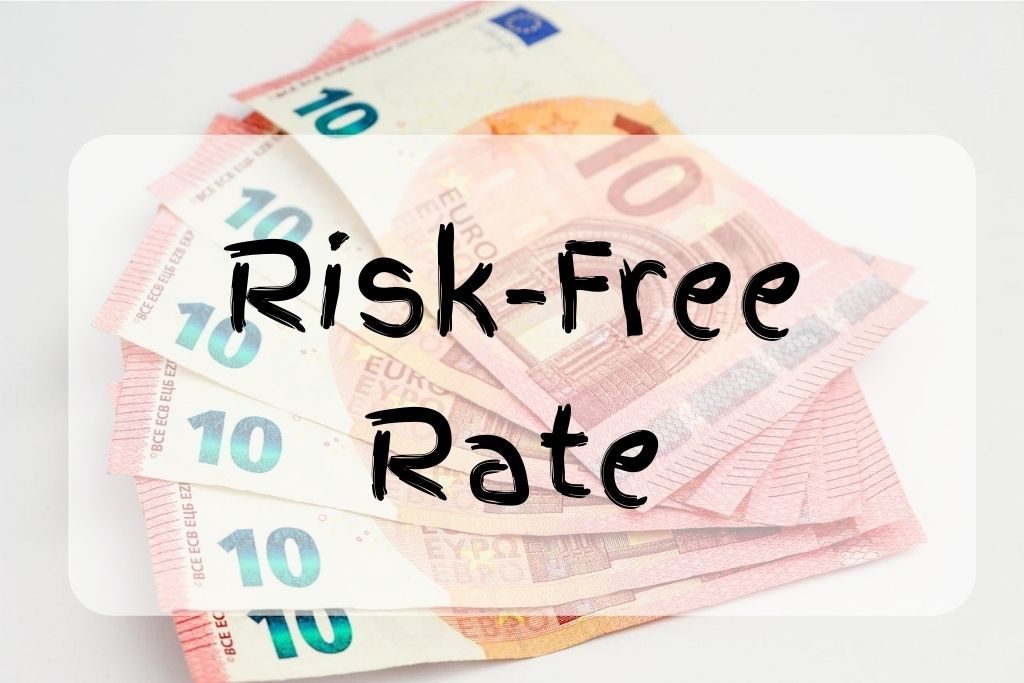What Is Risk-Free Rate?

Definition of Risk-Free Rate
- The risk-free rate is the minimum rate of return on an investment with theoretically no risk.
- Government bonds are considered risk-free because technically, a government can always print money to pay its bondholders.
- It is also the rate that provides an investor with some return and some compensation for future inflation.
- These two components are referred to as the real-risk free rate and the inflation premium.
- For practical purposes, the 10-Year U.S. Government Treasury bond can be considered the (nominal) risk-free rate.
- There is still a risk that the coupons payments a Treasury bondholder earns are reinvested at different, prevailing interest rates.
- Therefore, some people consider a more accurate risk-free rate to be a short-term U.S. Treasury Bill.
- But remember that when a short-term bond expires, the proceeds must be reinvested at the prevailing rate, so there is still reinvestment risk for a long-term investor.
Want to learn more financial ratios?
Get the eBook explaining some of the most useful ratios for free now.
What Factors Influence the Risk-Free Rate?
- The general flexibility of the capital market due to supply and demand.
- Anticipated rate of inflation.
How To Calculate the Risk-Free Rate?
- Subtract the inflation rate from the yield of the Treasury Bond matching the investment maturity.
[(1 + Government Bond Rate)/(1 + Inflation Rate)] – 1
Why is the Risk-Free Rate Important?
- It is the base rate for almost all interest rates and rates of return in a country.
- Used to calculate the cost of capital in the Capital Asset Pricing Model (CAPM).
- CAPM estimates the required rate of return on an investment.
E(r) = Rf + 𝛽(Rm – Rf)
- Used in Modern Portfolio Theory, where investors are expected to maximize the risk-return trade-off.
Digging Deeper
- Long-term investors in government bonds face two risks: Interest rate risk and reinvestment risk.
- Zero-coupon bonds can solve the problem of reinvestment risk because there is nothing to re-invest since there are no coupons paid.
- U.S. Government TIPS bonds were designed to compensate investors for inflation; hence they provide a real return.
- We can calculate the expected inflation rate as the difference between U.S. 10-Year U.S. Govt bonds and TIPS bonds.
- In global equity valuation, we often use the 10-Year Govt. bond of the country the stock is operating in.
- This is because these bonds tend to be most commonly available; hence, liquid and that makes the interest rate more realistic.
- When a government prints money, it could cause the value of its currency to fall, so investors in another country’s government bonds are also taking on the currency risk.
Learn some of the most useful financial ratios!
Don’t miss this free eBook.
